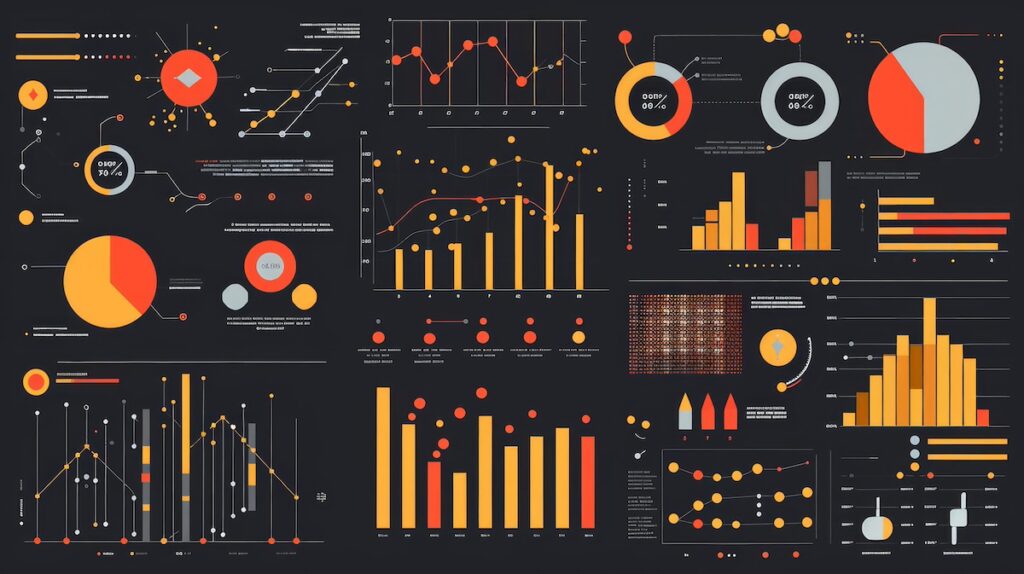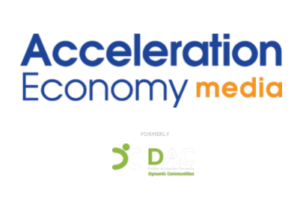Power BI: From Power Platform to Microsoft Fabric


If you’ve been around the data analytics scene for a while, you’ve probably worked with Microsoft Power BI, a powerhouse tool for turning raw information into beautiful, interactive dashboards and reports. Power BI has always been a core part of Microsoft’s Power Platform, sitting comfortably alongside Power Apps, Power Automate, and Power Virtual Agents. But now, Power BI is stepping onto a bigger stage, as a central element of the Microsoft Fabric ecosystem. So, what does this mean, and why should you care?
Power BI’s Roots: The Power Platform Era
First, a quick refresher. Power Platform is Microsoft’s suite aimed at empowering users (especially those without deep technical backgrounds) to build apps, automate processes, and analyze data. Power BI, from its launch, was all about democratizing data: making analytics accessible, code-light, and simple to share. Its integration with Power Apps and Power Automate meant users could move easily from visualization to app-building to workflow automation.
The Move to Microsoft Fabric
Microsoft introduced Fabric, a new, unified analytics platform designed to handle data from ingestion to action, across every stage of the analytics journey. Unlike the Power Platform, which focuses on low-code solutions for business users, Fabric brings together advanced data engineering, data warehousing, real-time analytics, and data science into a single environment.
So, why did Power BI move? In many ways, the transition was inevitable. As organizations generate and consume more data, the need for robust, scalable, and integrated analytics tools has outgrown what Power Platform could provide. Power BI’s analytical and visualization strengths were a natural fit for Fabric’s data-centric vision.
Different Philosophies, Different Scopes
The Power Platform’s philosophy is clear: empower every business user to build something useful, fast. Solutions are often built by “citizen developers,” people whose day jobs aren’t in IT. Power BI flourished here, making it easy for anyone to drag and drop their way to insights.
Microsoft Fabric, on the other hand, is built for the age of data-driven enterprise. Its philosophy is about unifying data silos, enabling collaboration between data engineers, scientists, and business analysts. Fabric isn’t just about building quick solutions; it’s about building solutions that scale, that integrate with complex data sources, and that can support AI and machine learning.
This shift in philosophy is huge. Power BI, as part of Fabric, is no longer just a reporting tool for business users; it’s now a core piece in an enterprise-wide data strategy.
What Does This Mean for Power BI Users?
If you’re a Power BI regular, the move to Fabric opens new doors. For starters, you’ll see deeper integration with robust data warehousing, advanced analytics, and even real-time data processing. Reports and dashboards can now sit directly on top of massive, unified datasets.
For analysts, there’s more power under the hood: think enhanced dataflows, direct integration with AI-powered tools, and collaboration features for larger teams. For data engineers and IT, managing data pipelines, security, and compliance is more streamlined and consistent, thanks to Fabric’s unified architecture.
On the flip side, Fabric does have a steeper learning curve than Power Platform’s plug-and-play environment. Users who are used to “just building a report” may find themselves diving deeper into concepts like data pipelines and lakehouses. But the payoff is clear: more flexibility, better performance, and a single environment for all things data.
Why the Change Matters
Moving Power BI into Microsoft Fabric isn’t just a rebranding exercise. It’s a signal that Microsoft sees analytics as a central pillar of the modern enterprise, not just an add-on. Data is the lifeblood of digital transformation, and tools need to grow in power and flexibility to keep up.
For Power BI users, this is an opportunity to level up. Whether you’re building simple dashboards or crafting sophisticated analytics for the whole organization. As the boundaries between data preparation, analysis, and action blur, having everything under one roof just makes sense.
In summary, Power BI’s transition to Microsoft Fabric is all about the future of data: bigger, faster, smarter, and more connected. And if you’re on this journey, there’s never been a more exciting time to explore what Power BI, and now Fabric, can do.

